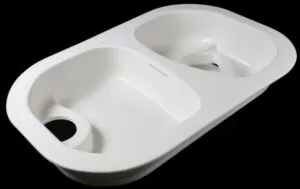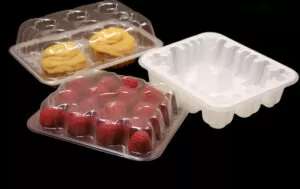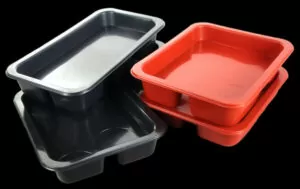Thermoforming process has developed rapidly in recent years and is now widely used in toys, food, medicine, daily chemicals, electronics, cosmetics and other fields closely related to the lives of the masses. With the increase in population, the demand has also expanded infinitely. It can be seen that in the future, elements will be added to thermoformed products to make them beautiful, such as floral thermoformed boxes, colorful thermoformed boxes, etc. These new words and new things are coming to the forefront.
In today’s daily life, with the development of many industries and the expansion of each field, as society progresses and the population increases, the demand for thermoformed products will become larger and larger. They will also become more and more picky about quality, appearance, shape, price, design and other aspects. Therefore, the thermoforming industry will be forced by society to develop.
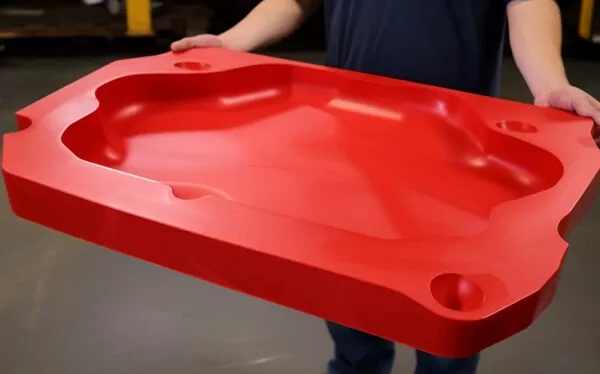
Common Problems and Principles in Thermoforming Production Process
Blistering
1. The heating temperature is too high, the temperature should be lowered appropriately.
2. The heating speed is too fast, and the heating speed should be slowed down appropriately.
3. If the sheet is too close to the heater, the distance between the two should be appropriately increased.
4. If the sheet becomes damp, the sheet should be pre-dried or preheated. The moisture-proof packaging of the sheet should be unpacked at the processing site.
5. If the sheet is heated unevenly, a heat shielding net should be used to adjust the heating state of the surface of the sheet so that all parts are heated evenly.
6. The sheet type or formula is unreasonable. Other types of sheets should be replaced or the formula should be adjusted.
7. The quality of raw materials, whether they are brand new materials.
8. Whether the mold to be made is a copper mold, an aluminum mold, or a plaster mold, this is related to the mold making itself.
9. Whether there is dust in the production environment, whether the workshop is dust-free, whether the surrounding area of the machine is clean, etc.
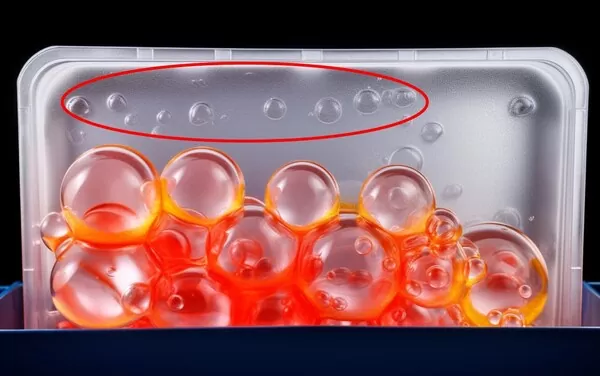
Pre-Stretched Bubbles Have Uneven Shapes
1. The sheet is heated unevenly and should be heated slowly or a heat shielding net should be installed.
2. If the sheet is uneven in thickness, it should be replaced with a sheet of uniform thickness.
3. The air pressure distribution is uneven. The air flow should be homogenized to make the air pressure evenly distributed.
4. The air pressure distribution is uneven. The air flow should be homogenized to make the air pressure evenly distributed.
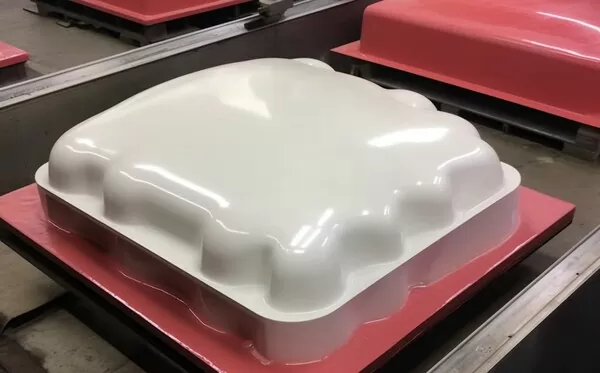
Collapse, Arch or Wrinkle
1. The heater temperature is too high, the heater temperature should be lowered appropriately.
2. The heating speed is too fast, the heating speed should be appropriate or slowed down.
3. If the sheet is too close to the heater, the distance between the two should be appropriately increased.
4. The heating time of the sheet is too long, and the heating time should be shortened appropriately.
5. The melt index of the raw material for processing the sheet is too high, the melt strength is too low, and the sheet sags excessively after being heated during thermoforming. The resin processed sheet should be replaced with a lower melt index.
6. The orientation of the sheet is too small, and the sheet sag excessively after being heated. Sheets with higher orientation should be replaced, and the heating temperature is best controlled within the lowest molding temperature range of the sheet.
7. The stretch ratio in the forming area is too large. A plunger should be used to assist, or the pressure assist, moving speed of the plunger or mold should be appropriately increased.
8. The mold structure design is unreasonable. The mold structure design should be modified. First, use a female mold instead of a male mold. The second is to increase the sharp angle and fillet radius of the product as much as possible. The third is to redesign the miner and boost pressure.
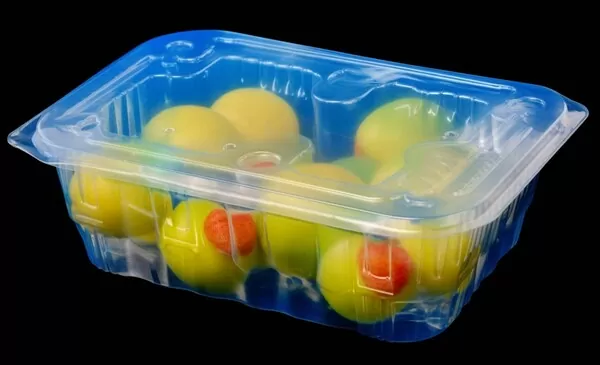
Incomplete Forming or Unclear Surface Pattern
1. The sheet heating time is too short or the heater temperature is too low. The heating time should be appropriately extended or the heating tube temperature should be increased.
2. The heating power of the heater is too small. The heating power of the heater should be appropriately increased.
3. The sheet is heated unevenly, and molding defects always appear repeatedly in the same part. Use a heat shielding net to adjust the heating state of the sheet so that all parts are heated evenly.
4. The clamping frame is not preheated before clamping. The clamping frame should be preheated before clamping.
5. The vacuum hole is blocked and the vacuum degree is low. The vacuum hole should be cleaned and unclogged.
6. The number of vacuum holes is too small or the hole diameter is too small, and the vacuum degree is low. Vacuum holes should be appropriately added or the diameter of the vacuum holes should be increased. If possible, narrow vacuum slits can be used to replace the vacuum holes.
7. The capacity of the vacuum tank or vacuum pump is too small and the vacuum traction force is not enough. The capacity of the vacuum tank or vacuum pump should be appropriately increased, the vacuum pipe valves should be enlarged, and sharp bends should be avoided at tees and elbows.
8. The pressure of air pressure molding is insufficient. If the mold structural conditions permit, an air pressure of 137-206Pa should be used, or a frame booster or plunger can be used to assist.
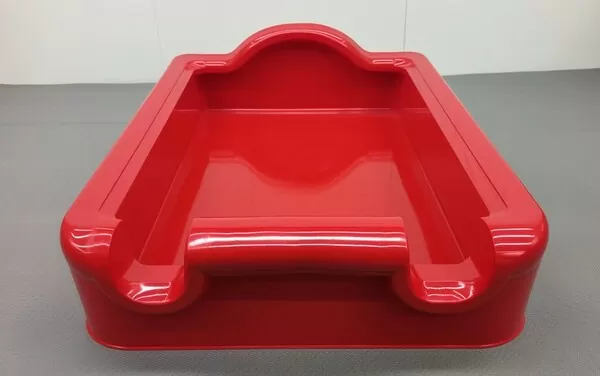
Burnt
1. The heating time of the sheet is too long and the surface of the sheet is too hot. The heating time should be shortened appropriately.
2. The heater power is too high, the heater temperature is too high, and the heating speed is too fast. The heater temperature should be appropriately lowered and the heating speed should be slowed down.
Whitish
1. The sheet is cold drawn under low temperature process conditions. The temperature of the sheet should be increased to speed up the covering and evacuation speed.
2. The sheets used are dry colored. The appropriate sheet should be replaced, or a heat gun should be used to blow hot air on the whitened area to reduce or eliminate the whiteness on the surface of the sheet.
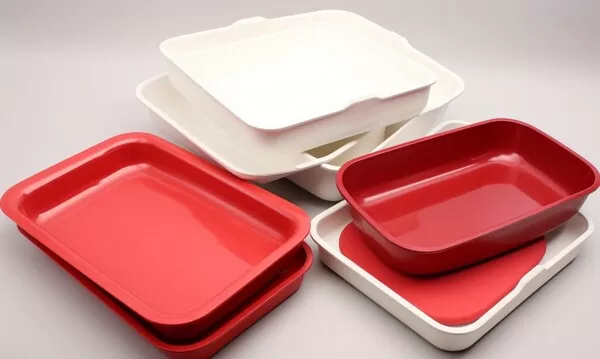
Cold Spots
1. The temperature of the pressure-assist plunger is too low. The temperature of the pressure-assist plunger should be increased appropriately.
2. The mold is too low, and the sheet in contact with the cold mold or cold plunger cannot be pulled. The mold temperature should be increased appropriately.
3. The mold cooling system is improperly designed. Cooling pipes or cooling tanks should be added appropriately and the cooling water flow should be checked for blockage.
4. The temperature of the sheet is too high. The heating temperature should be appropriately lowered and heated slowly. Compressed air can be used to slightly cool the surface of the heated sheet before molding.
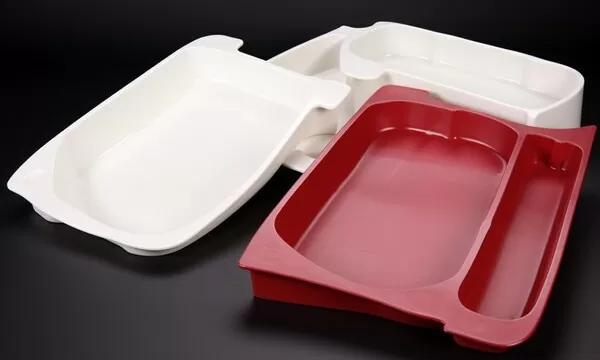
Uneven Thickness
The problem of uneven thickness mainly depends on the temperature control system of the pressure forming equipment, which is the main cause of uneven thickness. Secondly, the quality and thickness of the raw materials are uniform, which is closely related to the produced products. In addition, there are Whether the upper mold is made to standard, etc.
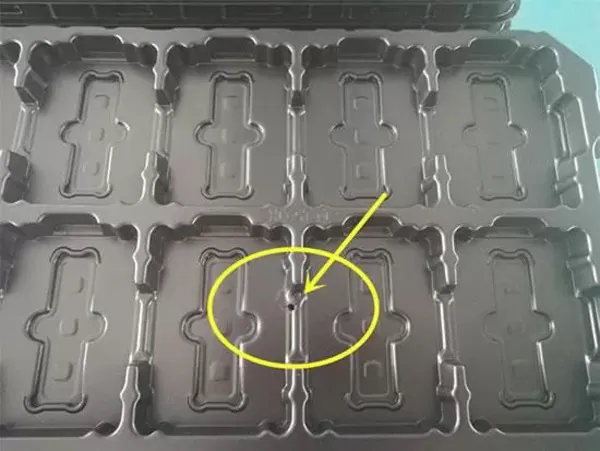
Scratch or Hairline Problem
The problem of scratches is related to many factors, ranging from the raw materials themselves, machine operations, machine passing, punching, folding, packaging, etc. This phenomenon may occur. This is mainly based on customer requirements. If Customers are very concerned about this issue, so we must pay special attention to preventive measures during the production process.
There are two main phenomena for wire hairline problems. One is that the material is overcooked, and the other is caused by poor upper molding. Both of these situations are to be avoided by the operator during the production process.
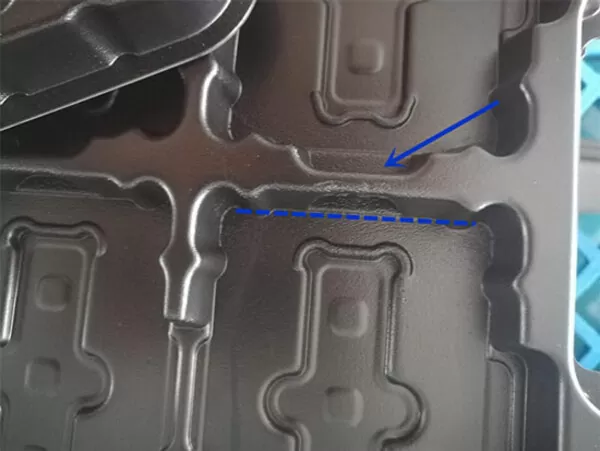
Burst Problem
The problem of bursting is mainly determined based on the properties of the material itself. Some materials are very brittle and are prone to bursting during the production process. In addition, when producing APET materials, the material does not have enough silicone oil, and bursting may occur. There are also It has something to do with the weather. In winter, materials are relatively brittle, so special attention must be paid to the raw material formulation.
Water Ripples
In the production process of thermoformed sheets, due to different materials and processing techniques, the surface of the produced sheets has water ripples. Especially in the production process of transparent thermoformed sheets, the water ripples are too large and often , regarded as defective products. In general, the thicker the sheet, the more obvious the water ripples will be. Qualified PET materials rarely have water ripples, but most PVC have water ripples.
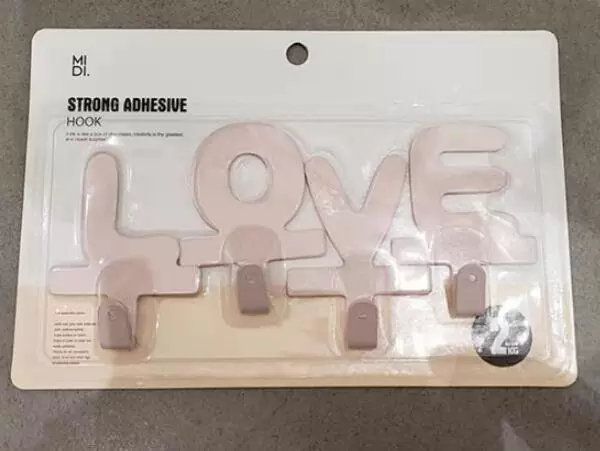
Mold Damage
During the vacuum thermoforming process, the mold may be damaged due to excessive temperature or excessive pressure. The temperature during the thermoforming process can be controlled to avoid mold deformation or damage caused by excessive temperatures. Adjust the pressure during thermoforming to avoid mold rupture due to excessive pressure.
Color Difference Problem
During the vacuum vacuum forming glue process, color difference problems may occur, which may be due to uneven color of the material or improper temperature during the thermoforming process.
Avoid using materials with inconsistent colors by using materials that are uniformly colored. Or control the temperature during the thermoforming process to ensure that the material is heated evenly and avoid color difference caused by too high or too low temperature.
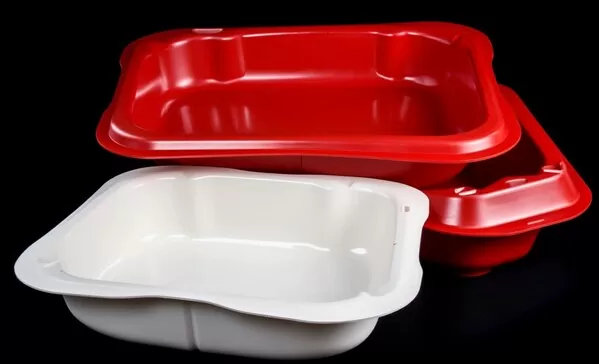
Conclusion
Solutions to common problems in vacuum forming mainly include solving problems such as bubbles, rough surface, inaccurate dimensions, product deformation, color difference, surface defects, mold sticking, easy breakage, odor and low production efficiency. By optimizing raw material selection, mold design, heating temperature and cooling process, these problems can be effectively solved and the quality and production efficiency of vacuum forming products can be improved. In actual production, adjustments and improvements should be made according to specific conditions, and technical levels and processes should be continuously improved to meet market demand.
In thermoforming production processes, various challenges can arise, impacting the overall efficiency and quality of the output. Issues such as poor wall distribution, glass transition temperature, and problems associated with metal mold can pose significant hurdles. Vacuum leaks during the forming process, fluctuations in melt temperature, and concerns related to plastic sheet characteristics further contribute to the complexity. Dealing with excess material, establishing a good starting point for production, and considering the nuances of injection molding in high-volume production are crucial aspects. Additionally, factors like plug assist, thickness variations, poor part detail, and the role of clamp rail heaters must be carefully addressed to ensure a smooth and successful thermoforming production process.



